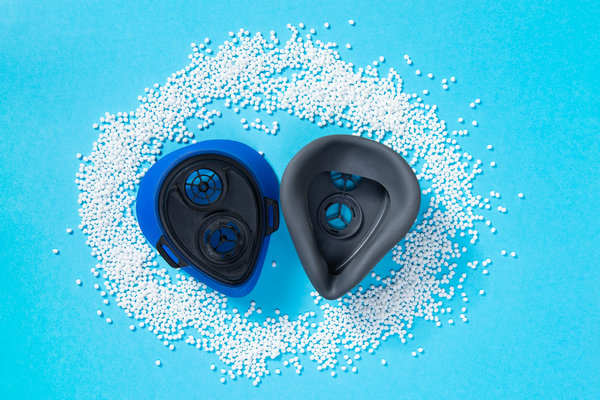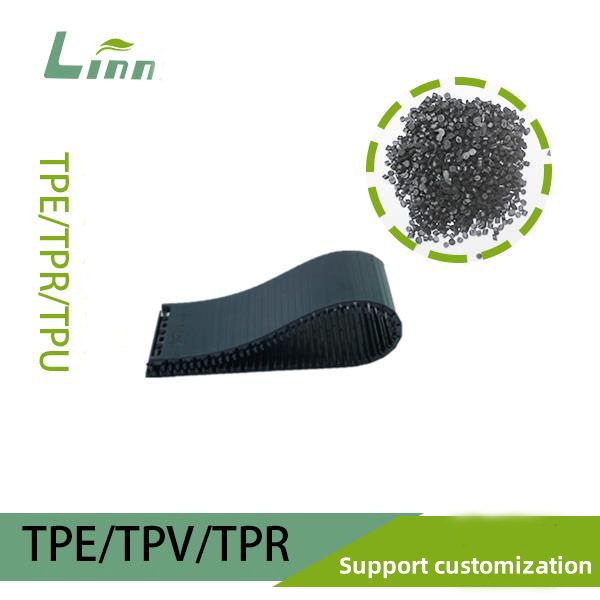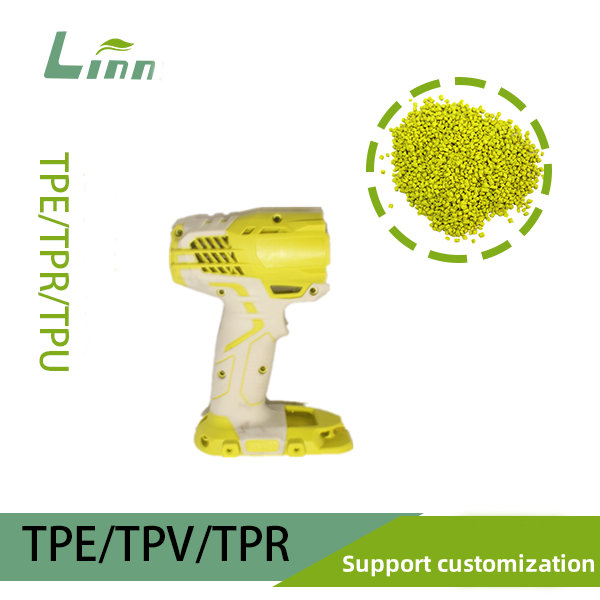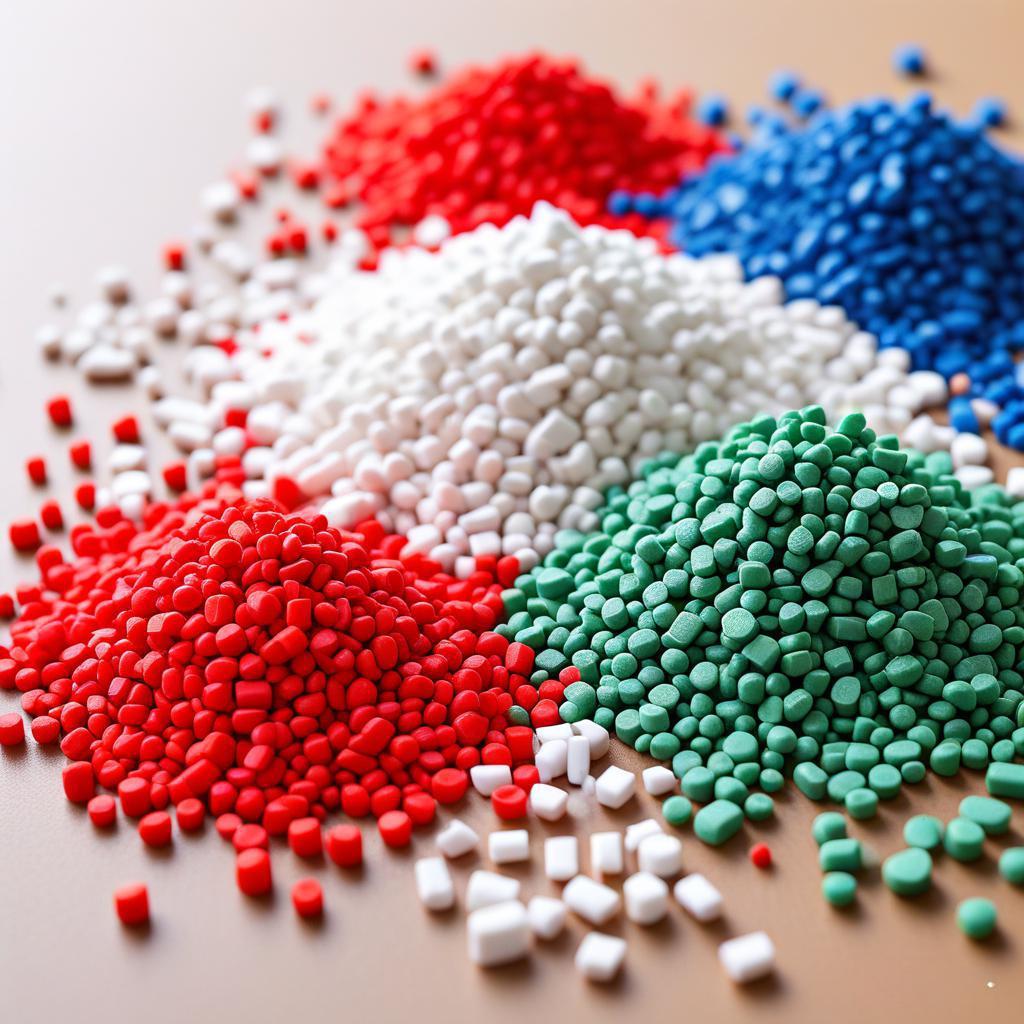With 30 years in polymer science and manufacturing, I have compounded, extruded, and tested more than 600 TPE formulations across automotive seals, medical tubing, wearable bands, and textile coatings. I began in 1995 at a German fiber spinning plant where polyester fibers were drawn into high-tenacity yarns, then crossed into TPE in 2001 when a sportswear brand asked me to replace rubber with a melt-processable elastomer. That project taught me the hard way: confusion between TPE and polyester fiber costs millions in wrong tooling, failed prototypes, and delayed launches. This guide delivers lab-verified clarity, chemical truth, and application-specific guidance to eliminate the myth forever.

The Core Misconception: TPE vs Polyester Fiber
TPE (thermoplastic elastomer) is a block copolymer that behaves like rubber at room temperature and melts like plastic above 160°C. Polyester fiber is a high-molecular-weight, crystalline thermoplastic filament (usually PET) drawn from melt-spun strands to achieve tensile strength.
They are not related chemically, not interchangeable in process, and not equivalent in performance. One is a soft, reversible elastomer; the other is a rigid, high-modulus fiber.
Table 1: Fundamental Identity Comparison
| Property | TPE (SEBS) | Polyester Fiber (PET) |
|---|---|---|
| Chemical Base | Styrene + Polyolefin | Polyethylene Terephthalate |
| Molecular Structure | Block Copolymer | Linear Homopolymer |
| Physical Form | Pellet, Sheet, Part | Continuous Filament |
| Primary Use | Seals, Grips, Overmolds | Textiles, Ropes, Tires |
TPE Structure
TPE is built from triblock copolymers:
Hard phase: Polystyrene (PS) domains, Tg ~100°C
Soft phase: Hydrogenated polybutadiene (EB) or poly(ethylene-propylene), swollen with 30–70 phr mineral oil
Bonding: Physical entanglement—no covalent cross-links
SEBS example: Kraton G1651 — 33% styrene, 67% EB midblock, oil-extended.
Polyester Fiber Structure
Polyester fiber is PET (polyethylene terephthalate):
Monomers: Terephthalic acid + ethylene glycol
Crystallinity: 30–50% after drawing
Chain orientation: High along fiber axis → tenacity 6–9 g/denier
No oil, no soft phase
PET fiber example: DTY 150D/48F — drawn textured yarn for apparel.
Table 2: Monomer and Polymer Chain Comparison
| Material | Repeating Unit | Molecular Weight | Crystallinity |
|---|---|---|---|
| SEBS TPE | –[Styrene-EB-Styrene]– + Oil | 100k–300k | <5% |
| PET Fiber | –[O-CH₂-CH₂-O-CO-Ph-CO]– | 20k–40k | 40% |
Hardness and Elasticity
TPE: Shore 00-20 to 90A, elongation 500–1000%, recovers instantly
PET Fiber: Shore D70+ equivalent, elongation 15–30%, breaks brittlely
Table 3: Mechanical Profile
| Property | TPE (50A SEBS) | PET Fiber (Textile Grade) |
|---|---|---|
| Hardness | 50A | ~D85 |
| Tensile Strength | 8–15 MPa | 500–800 MPa (fiber) |
| Elongation at Break | 700% | 20% |
| Elastic Recovery (100%) | 95% | 10% (plastic deformation) |
TPE: Melts 160–230°C, no curing, reprocessable

PET Fiber: Melts 255–260°C, but spinning occurs at 280–300°C, drawing cold
Table 4: Thermal Transitions
| Material | Tg (°C) | Tm (°C) | Processing Temp |
|---|---|---|---|
| TPE | -50 | 90–100 (PS) | 180–220 |
| PET | 70 | 260 | 280–300 (spin) |
TPE Processing
Injection molding, extrusion, blow molding
Cycle time: 20–90 seconds
Tooling: Aluminum or P20 steel
Regrind: 100% recyclable
Polyester Fiber Processing
Melt spinning → quench → draw → texturize
Spin pack pressure: 100–200 bar
Draw ratio: 3–5x
No regrind—waste is repolymerized via glycolysis
Real-world contrast: A 50A TPE phone case molds in 45 seconds; a PET fiber for the same case’s lanyard takes 3-stage spinning over minutes per kg.
Surface and Haptic Properties
TPE: Soft-touch, tacky or dry (oil-dependent), overmoldable
PET Fiber: Smooth, slick, high luster, wicks moisture
TPE grips tools; PET reinforces tires.

Chemical Resistance Profile
Table 5: Fluid Swell (ASTM D471, 70h @ 23°C)
| Fluid | TPE SEBS (% swell) | PET Fiber (% weight change) |
|---|---|---|
| Water | 1 | 0.4 |
| ASTM Oil #3 | 40 | <1 |
| Acetone | 60 | 2 |
| NaOH 10% | 5 | Hydrolysis @ >80°C |
| Application | Material Used | Reason |
|---|---|---|
| Weather seals | TPE | Flexibility, overmolding, recycle |
| Apparel (activewear) | PET Fiber | Strength, moisture management |
| Medical tubing | TPE | Soft, kink-resistant, gamma stable |
| Tire cord | PET Fiber | High modulus, heat resistance |
| Soft phone case | TPE | Drop protection, grip |
| Seatbelt webbing | PET Fiber | Tensile strength, UV stability |
TPE: Closed-loop pelletizing, 5+ regrinds with stabilizers
PET Fiber: Mechanical recycling (flake → pellet) or chemical depolymerization
A 2023 lifecycle analysis showed TPE overmolds emit 35% less CO₂ than PET-rubber composites in automotive interiors due to regrind.
Cost Structure
| Factor | TPE | PET Fiber |
|---|---|---|
| Raw Material ($/kg) | 3.5–7.0 | 1.2–1.8 |
| Processing Cost | Low (molding) | High (spinning) |
| Tooling | $10k–30k | $100k+ (spin) |
| Part Cost @ Scale | Lower | Higher |
Performance Under Stress
Fatigue: TPE excels at low strain, high frequency (1M cycles @ 50 Hz)
Creep: PET fiber resists long-term load (seatbelts)
Abrasion: PET superior in yarn form; TPE better in solid parts
Can TPE Be Spun Into Fiber?
Rarely. Some TPE (e.g., Arnitel TPE-E) can be melt-spun, but:
Low draw ratio → weak fiber (1–2 g/denier)
Oil leaches → poor cohesion
Not cost-competitive with PET or nylon
Conclusion: TPE fiber exists in niche medical meshes, but not a polyester fiber replacement.

Hybrid Systems: TPE + Polyester Composites
TPE overmolded on PET fabric → soft grips on rigid handles
PET-reinforced TPE → higher stiffness without hardness jump
Co-extruded TPE/PET films → barrier + softness
A running shoe sole uses TPE midsole + PET upper—perfect synergy.
Testing Standards
| Property | TPE Standard | PET Fiber Standard |
|---|---|---|
| Hardness | ASTM D2240 | — |
| Tensile (yarn) | — | ASTM D885 |
| Elongation | ASTM D412 | ASTM D885 |
| Melt Flow | ISO 1133 | IV (intrinsic viscosity) |
| Thermal Aging | ISO 188 | ASTM D3045 |
TPE is a thermoplastic elastomer—a soft, oil-extended block copolymer that molds, overmolds, and recycles like plastic while feeling like rubber. Polyester fiber is a high-strength, crystalline PET filament spun and drawn for textiles and reinforcement.
They share thermoplasticity but differ in chemistry, morphology, processing, and function. Confusing them leads to failed bonds, brittle parts, or unmoldable designs. Use TPE for soft, reusable elastomers; use polyester fiber for strong, durable textiles.
Frequently Asked Questions
Can TPE replace polyester in clothing? No. TPE lacks fiber strength and wicking; use spandex or PET.
Why does TPE feel soft but PET fiber does not? TPE has oil-swollen amorphous phases; PET is highly crystalline and oriented.
Is TPE-E (copolyester elastomer) a polyester fiber? No. TPE-E (e.g., Hytrel) is a block copolymer elastomer, not a fiber-grade PET.
Can I injection mold polyester fiber? No. PET fiber is pre-spun; for molding, use PBT or PET resin.
Does TPE yellow like polyester? Less. SEBS resists UV with HALS; PET yellows without stabilizers.
Why is TPE used in overmolds but not textiles? TPE flows at low temp, sticks to plastics; PET needs high-temp spinning.
Can TPE be recycled with PET bottles? No. Different melt points and chemistry—contaminates both streams.
Is all soft plastic TPE? No. PVC, TPU, and TPE are distinct; only TPE has physical cross-links.
Which is cheaper for a soft grip: TPE or polyester coating? TPE. One-step molding vs multi-step fiber coating.
Can TPE be made into monofilament like PET? Yes, but weak and costly—limited to medical brushes.





